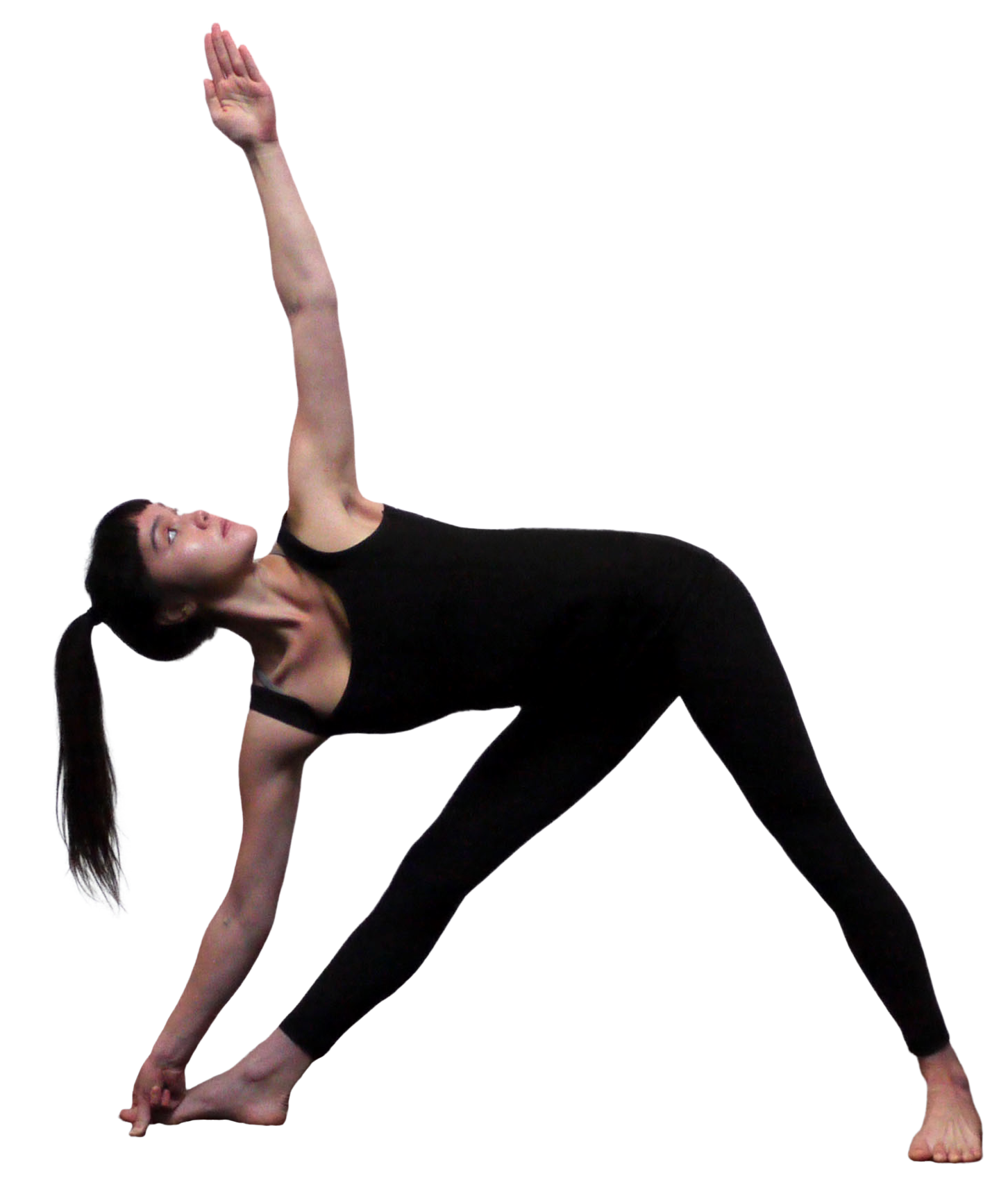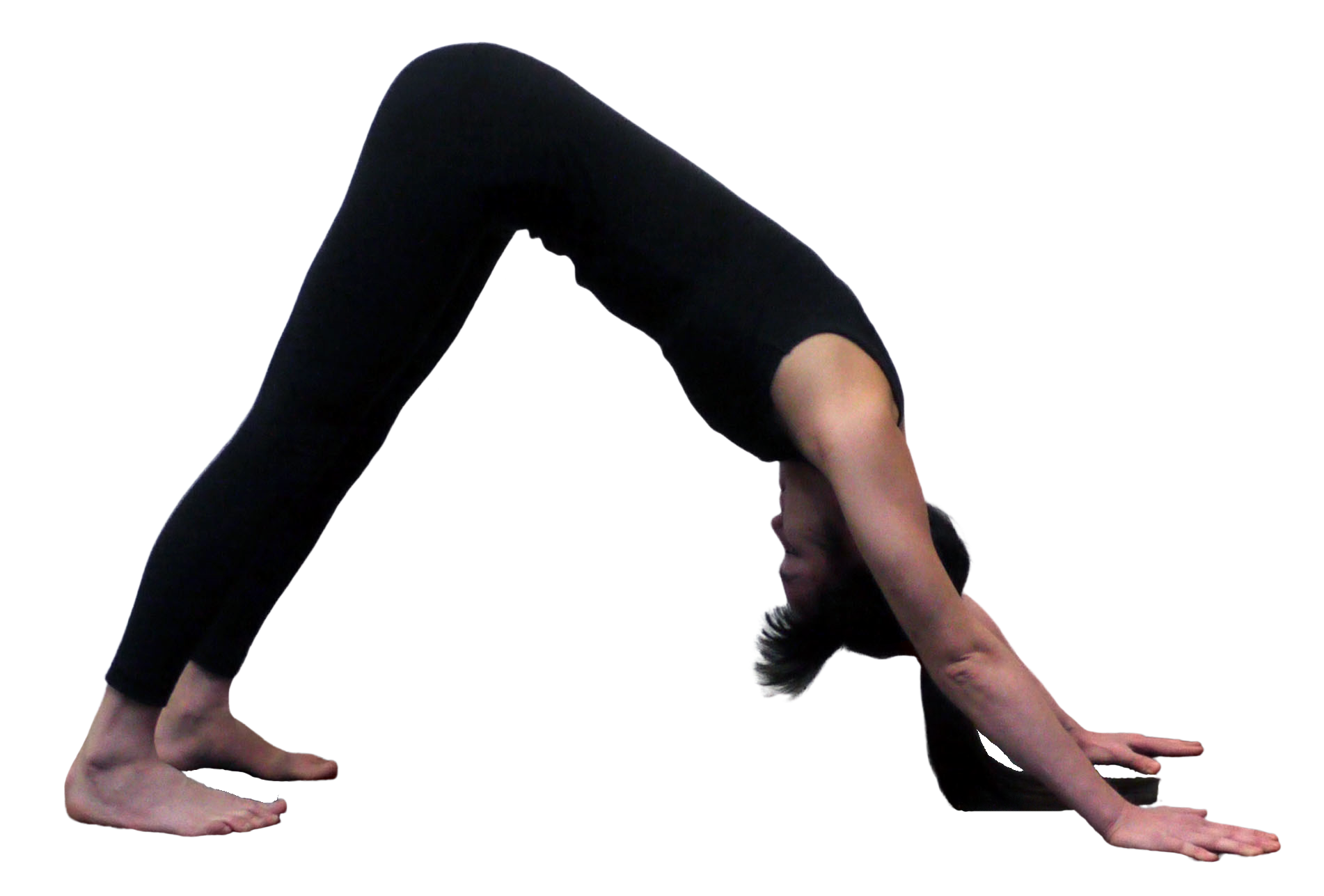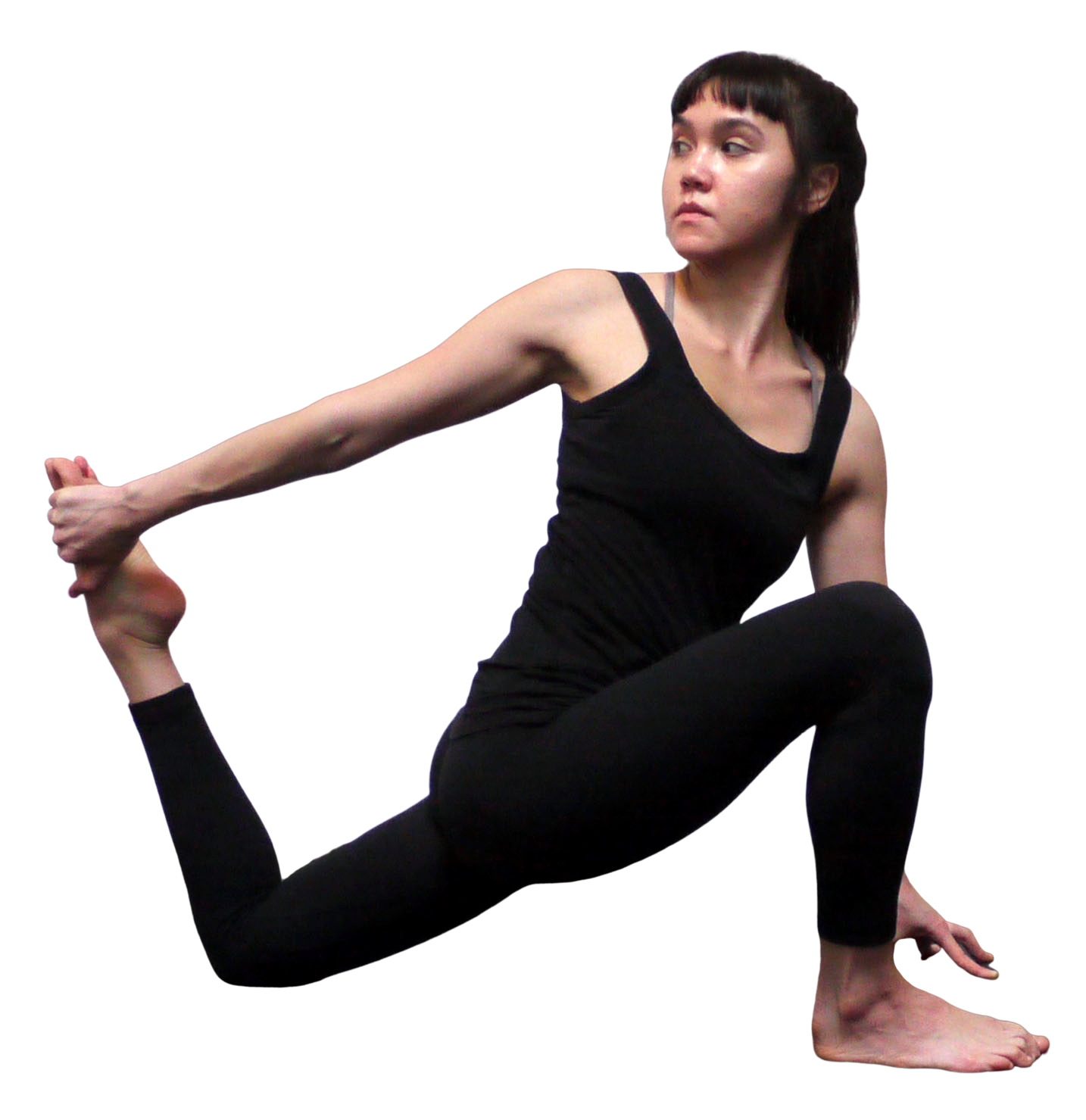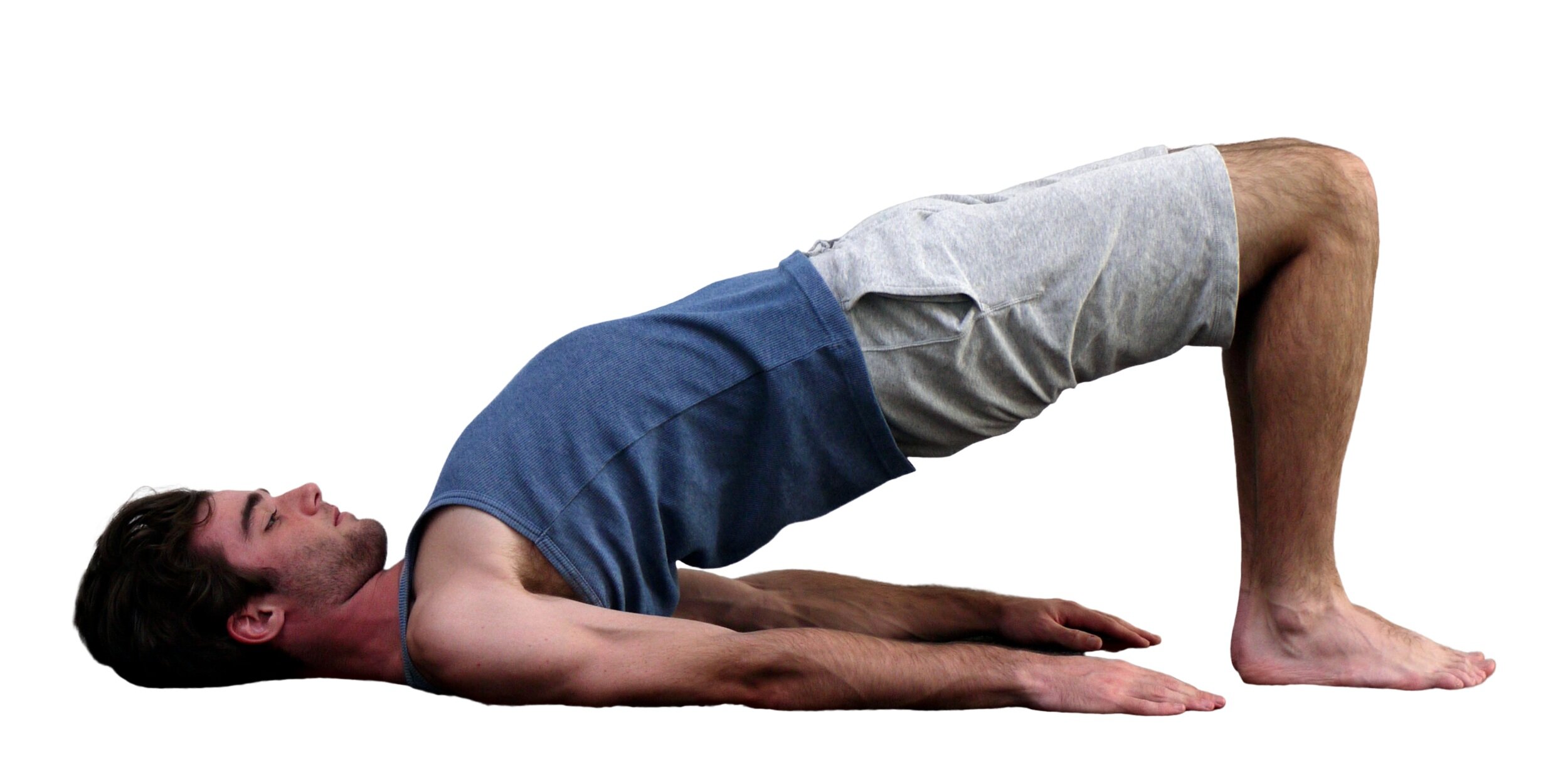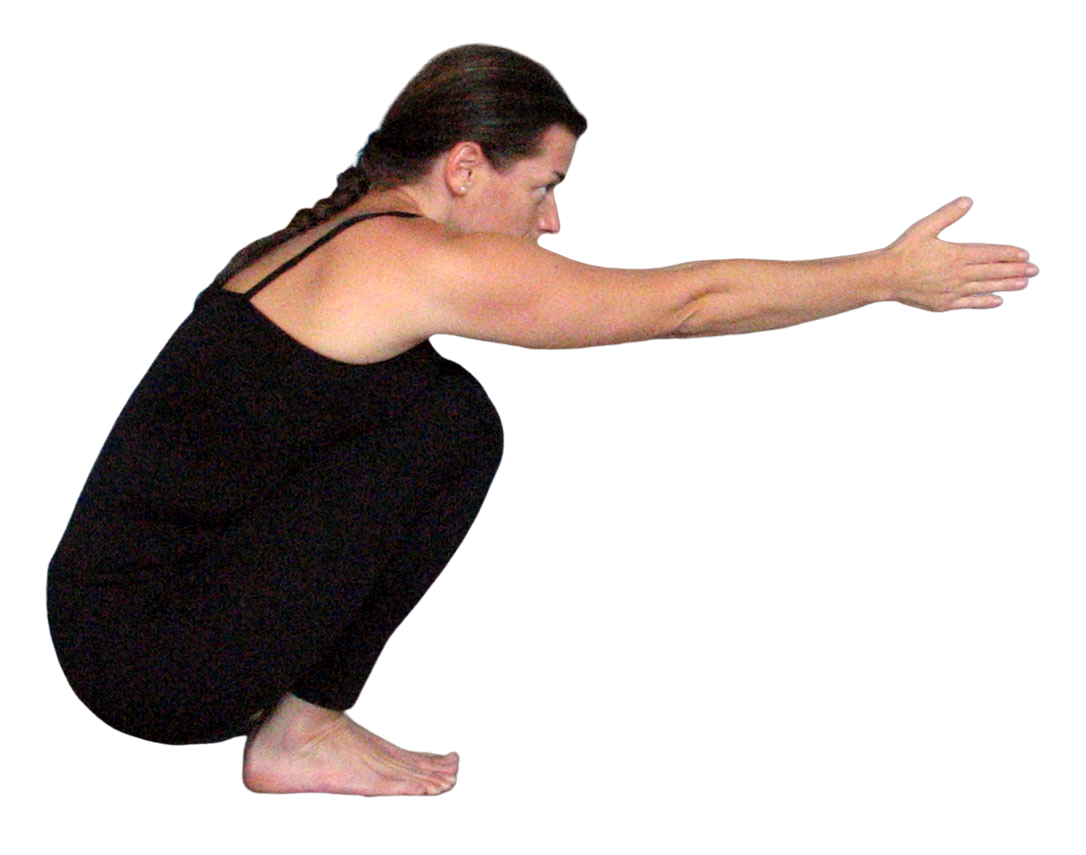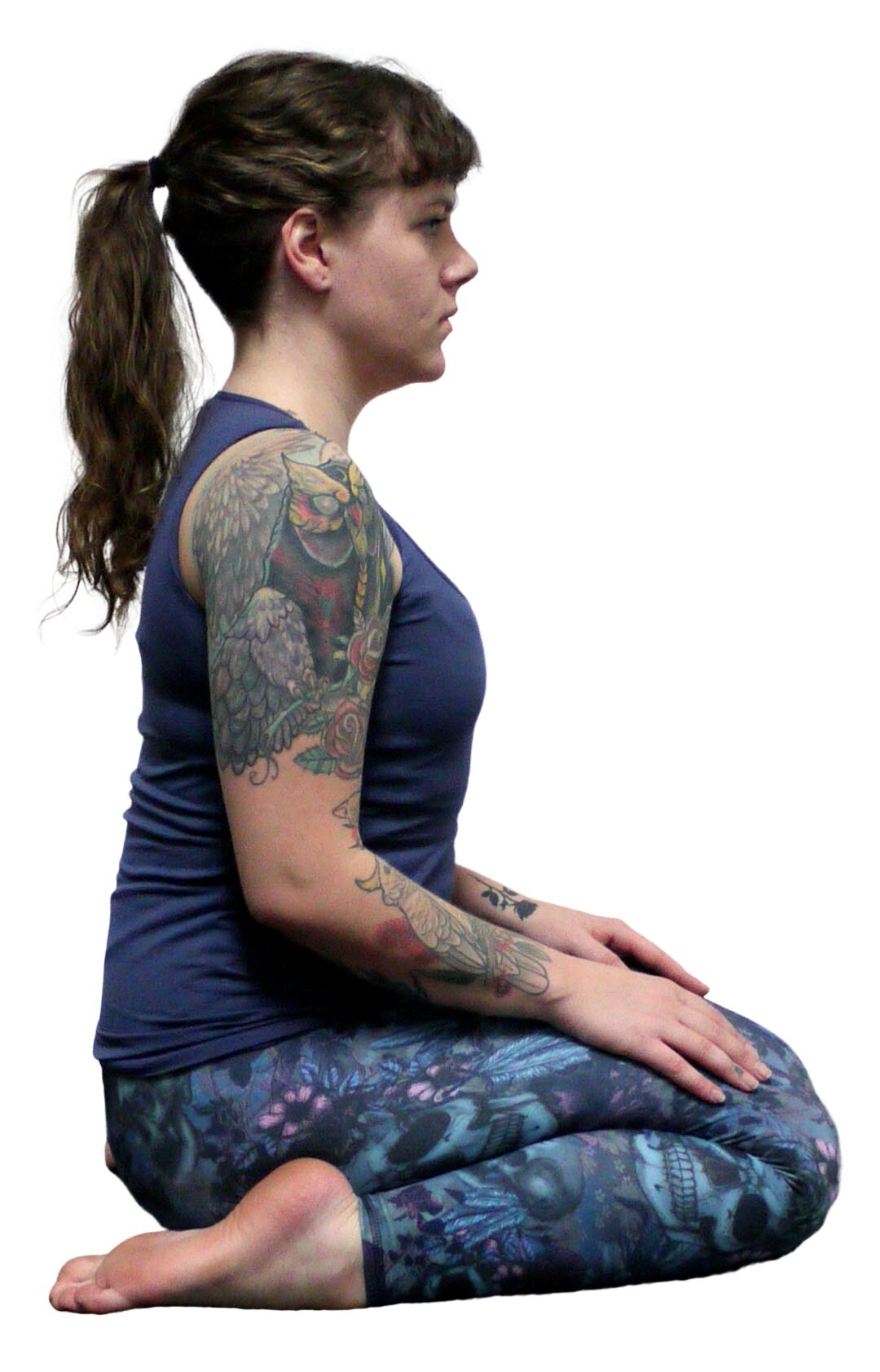Common reasons for pain in Padmasana (Lotus pose)
Any pain in your knee in this posture is signalling something is not right. You should always come out of the posture if you feel pain. There could be a few different reasons why you feel this.
In my experience, most of the people I meet feel discomfort due to excessive tightness in some of the muscles of the leg. The tight muscles can pull on their tendons and tendon attachment points around the knee and give an uncomfortable pulling feeling. As well as this, the tight muscles can cause compression or excessive rotation of the knee joint which can also be painful. Less commonly, it could be due to a torn meniscus or damaged cartilage.
It is important to be aware that forcing your knees into Padmasana when you have these tight muscles can lead to the more serious injuries that are slow to heal and sometimes permanent.
Some postures in yoga require you be very supple before you would even attempt them. Padmasana (Lotus pose) is one of those postures.
COMMON MUSCULAR IMBALANCES THAT COULD PREVENT YOU FROM BEING COMFORTABLE IN PADMASANA
tight calf muscles
tight hip abductor muscles (outer hip and thigh)
tight outer hamstrings
tight outer quads
weak hip adductor muscles (inner thigh)
If you are not yet comfortable in the postures below - then you are probably not ready to safely try half or full Padmasana. Spend time practicing these asanas (they each work on the required muscles of the hip or legs) until you feel comfortable in them.
REASONS NOT TO PRACTICE PADMASANA
If you have previous injuries such as meniscus and cartilage damage it may not be safe to practice this asana. As well as this, some yoga practitioners may have different bone structures that also make it unsafe (for example internally rotated hips, hip displaysia, hip surgeries and certain types of knee surgeries). Yoga poses should never hurt and we should always choose postures that we know will benefit us in both the short and long term.
written by Jean Campbell
Interested in learning more about how anatomy relates to yoga practice?
Have a look at my Online Dynamic Yoga Anatomy Course.

